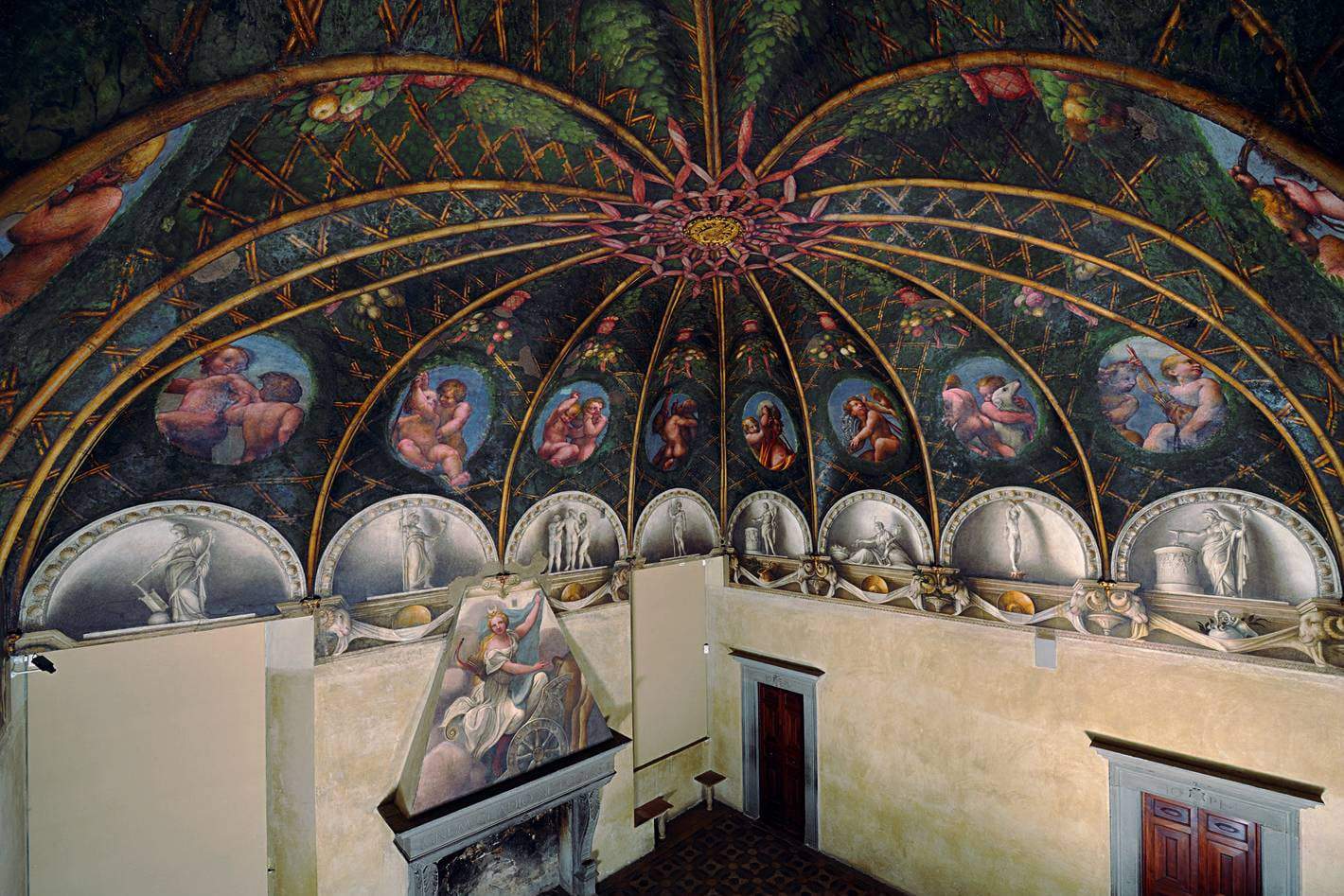Tomorrow night on Rai5 premieres the two documentaries on Correggio and Parmigianino
They are the two protagonists of the sixteenth century in Parma: now Correggio (Antonio Allegri; Correggio, c. 1489 - 1534) and Parmigianino (Francesco Mazzola; Parma, 1503 - Casalmaggiore, 1540) are also the protagonists of two documentaries that will be aired on Friday, January 22, 2021 on Rai 5, at 9:15 p.m., as part of the Art Night program. Two artists who have had little luck on television and have been narrated few times: it is also for this reason that Rai Cultura decided to directly produce these two documentaries, sponsored by the City of Parma, in the year of Parma Italian Capital of Culture.
Of Correggio (a painter to whom, on Finestre sull’Arte, we have dedicated numerous in-depth studies) we have uncertain biographical news, but great works. Antonio Allegri known as Correggio, after the name of the town where he was born, was an innovator, capable of studying techniques and dyes that still surprise scholars today: the premiere documentary Correggio, from shadow to light, by Emanuela Avallone and Linda Tugnoli, and produced by Rai Cultura, investigates how Correggio did not immediately gain recognition from his contemporaries, crushed by predecessors such as Raphael, Michelangelo, and Leonardo. Then, over the centuries, his painting was rediscovered little by little, becoming a painter loved worldwide.
However, the artist was loved and copied by his contemporaries, as Francesca Cappelletti, director of the Galleria Borghese in Rome, tells us. “Capable of extraordinary strokes of genius,” says writer Melania Mazzucco, when confronted with Correggio’s famous Danae at the Galleria Borghese and describing the cycle of the Loves of Jupiter, a hymn to beauty and amorous pleasure, where women play an active leading role. Correggio’s works have often been hidden and forgotten, such as the jewel of the Camera della Badessa in the Benedictine Convent of San Paolo in Parma, described by Elisabetta Fadda, professor of modern art history at the University of Parma, among others. After two centuries of seclusion, the chamber was rediscovered in the 18th century by Anton Raphael Mengs, who was fascinated by it. Another forgotten work was discovered by chance in Fano, by Dario Fo.
Correggio also was the author of small paintings, but also immense frescoes. In a Parma far removed from the great cultural centers of the 16th century, Correggio dismantled the structures of perspective by modeling a pre-Baroque imagery, as in the dome of San Giovanni Evangelista. Even today, thanks to restoration led by Marcello Castrichini, we discover figures never seen before, exceptional pictorial choices, and an ability to capture light that finally, with modern scientific analysis, finds its explanation. Then we come to the magnificent dome of Parma Cathedral, about which writer Michele Frazzi speaks, describing the immense crowd of angels and saints accompanying Mary’s ascent, as if she were perfectly suspended in the void. At Parma’s Complesso Monumentale della Pilotta, director Simone Verde leads the way to the 19th-century rediscovery of Correggio, who, thanks to the engravings of Paolo Toschi then director of the Accademia delle Belle Arti, was to become the hero of Parma’s national painting, and whom the Pilotta now celebrates with a new permanent exhibit.
This will be followed by the previously unseen documentary Parmigianino, the prodigy and the defeat, an original Rai Cultura production by Maria Agostinelli and Silvia De Felice, directed by Marco Odetto. A tale in the form of an investigation, which reconstructs Parmigianino’s most controversial artistic journey. Vasari branded him an alchemist and since then his memory has been lost in the meshes of history. Yet, Parmigianino’s works are still considered to be evidence of exceptional innovativeness, such as the Madonna with the Long Neck, preserved in the Uffizi Gallery in Florence, or the Self-Portrait within a Convex Mirror, preserved in the Kunsthistorisches Museum in Vienna.
Thanks to the testimony of leading scholars, including David Ekserdjian, Professor of Art History at Leicester University and one of the world’s foremost experts on Parmigianino, the documentary searches through the few clues in Parmigianino’s life, and through the analysis of his most famous works, for confirmation, or refutation, of Vasari’s claims.
Pictured: the Camera della Badessa
 |
| Tomorrow night on Rai5 premieres the two documentaries on Correggio and Parmigianino |
Warning: the translation into English of the original Italian article was created using automatic tools. We undertake to review all articles, but we do not guarantee the total absence of inaccuracies in the translation due to the program. You can find the original by clicking on the ITA button. If you find any mistake,please contact us.





























